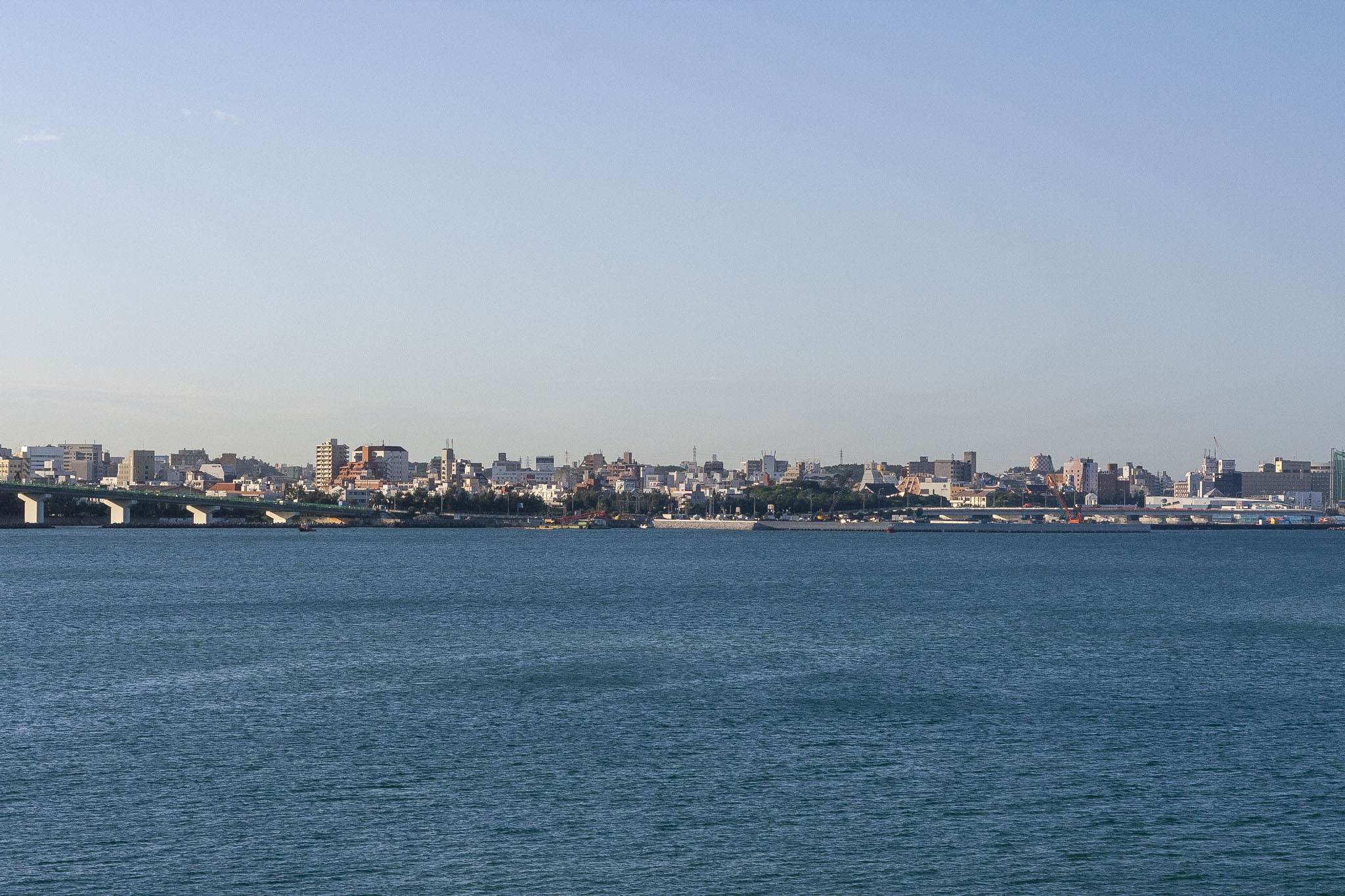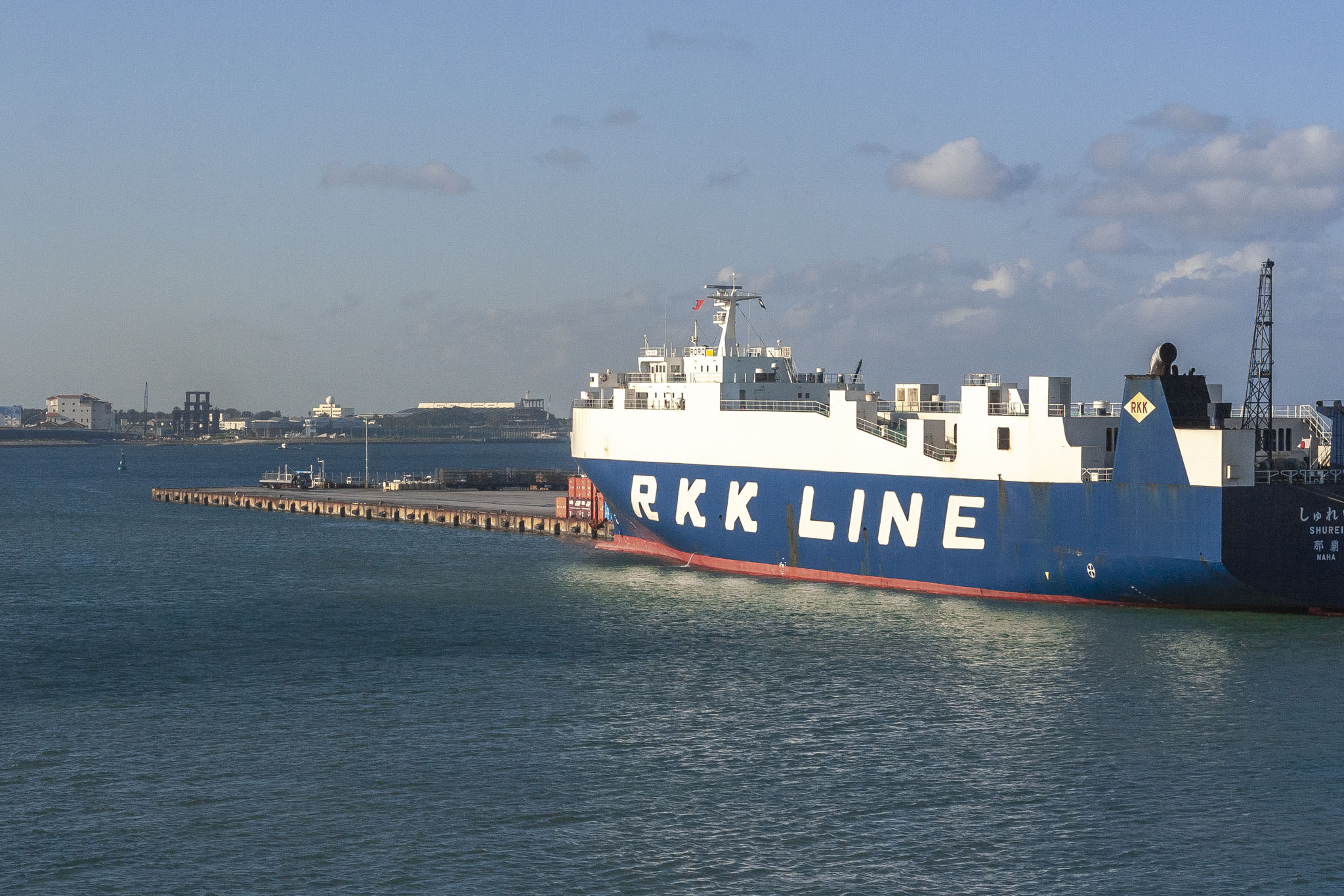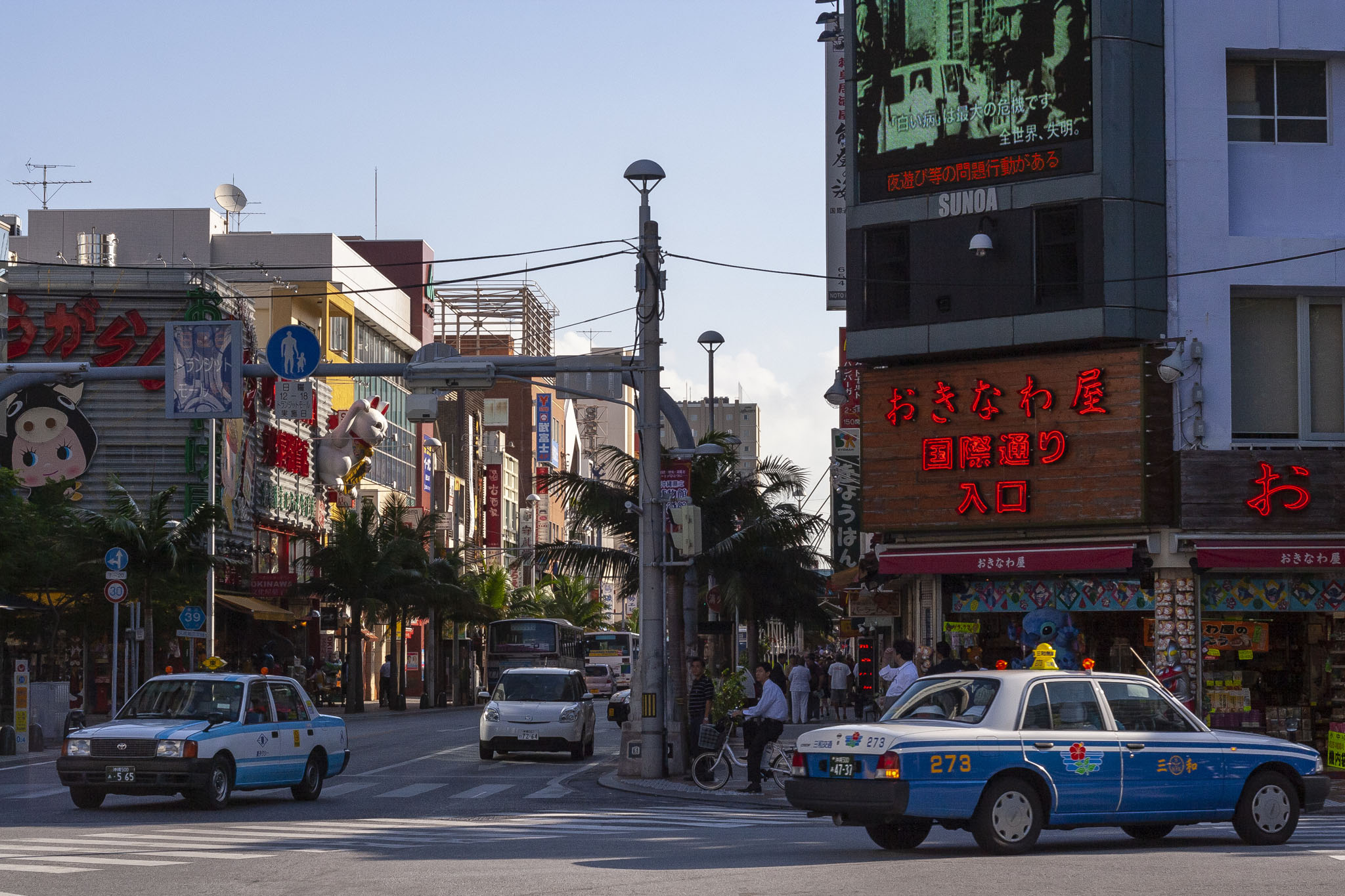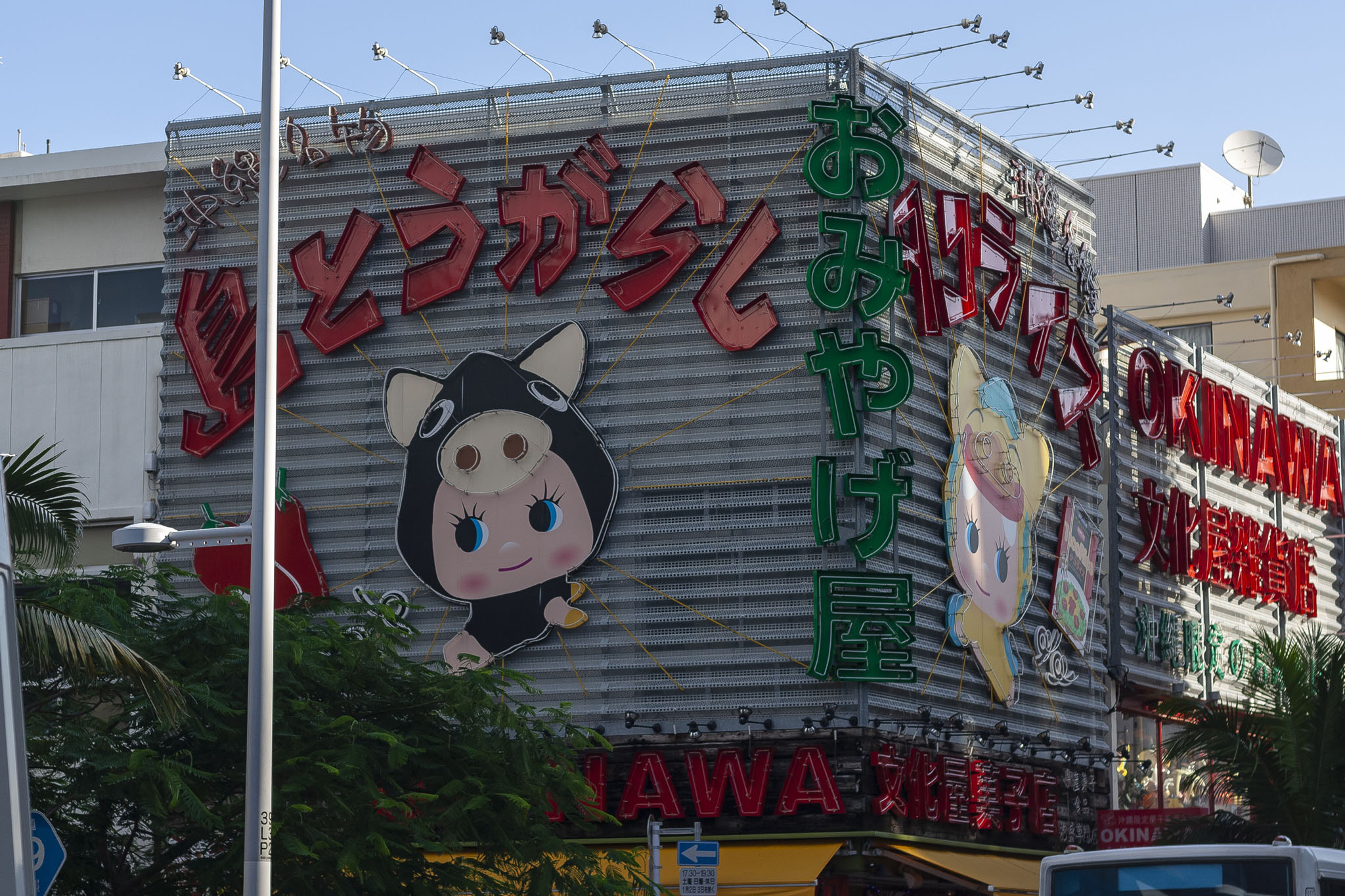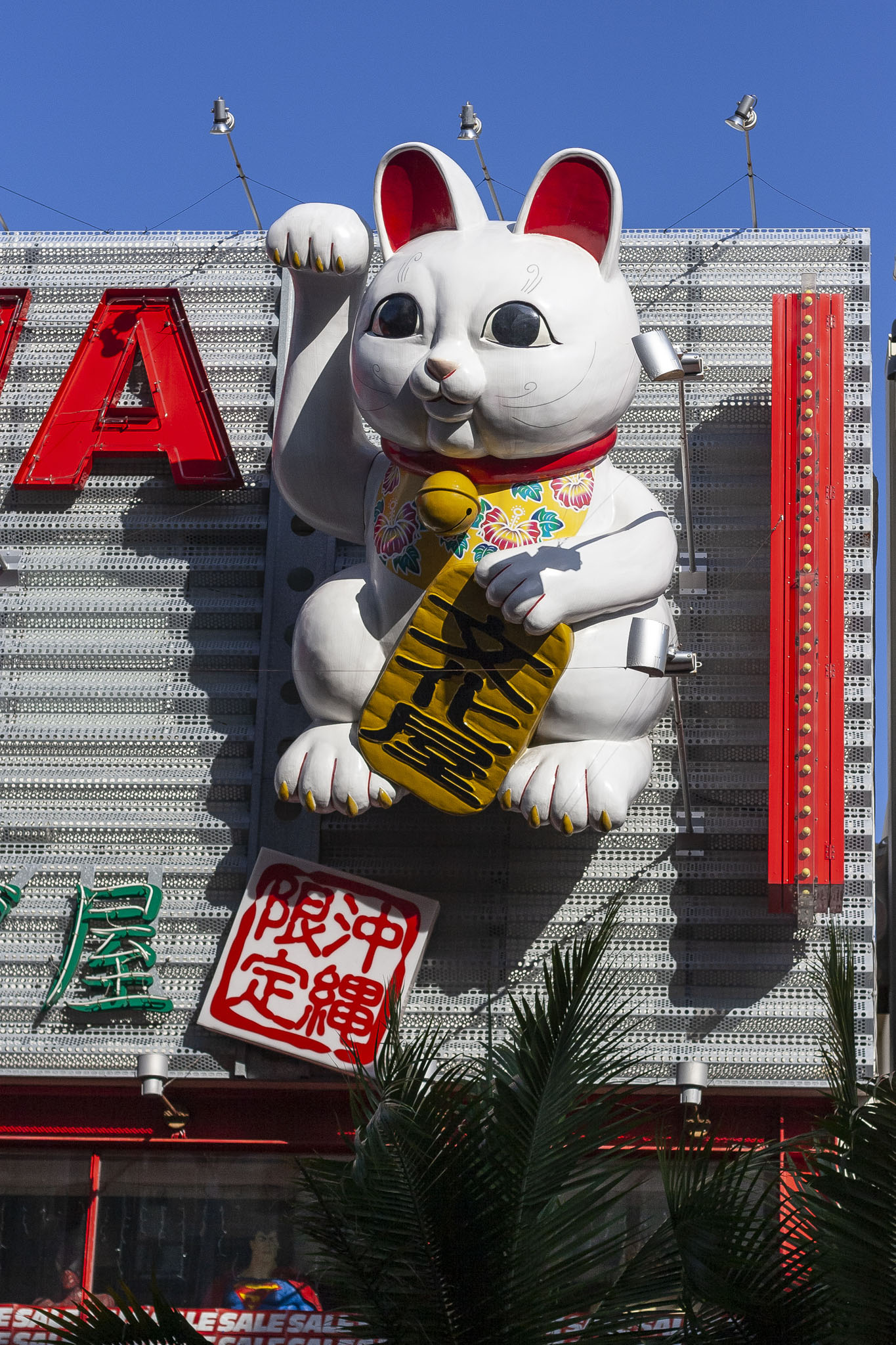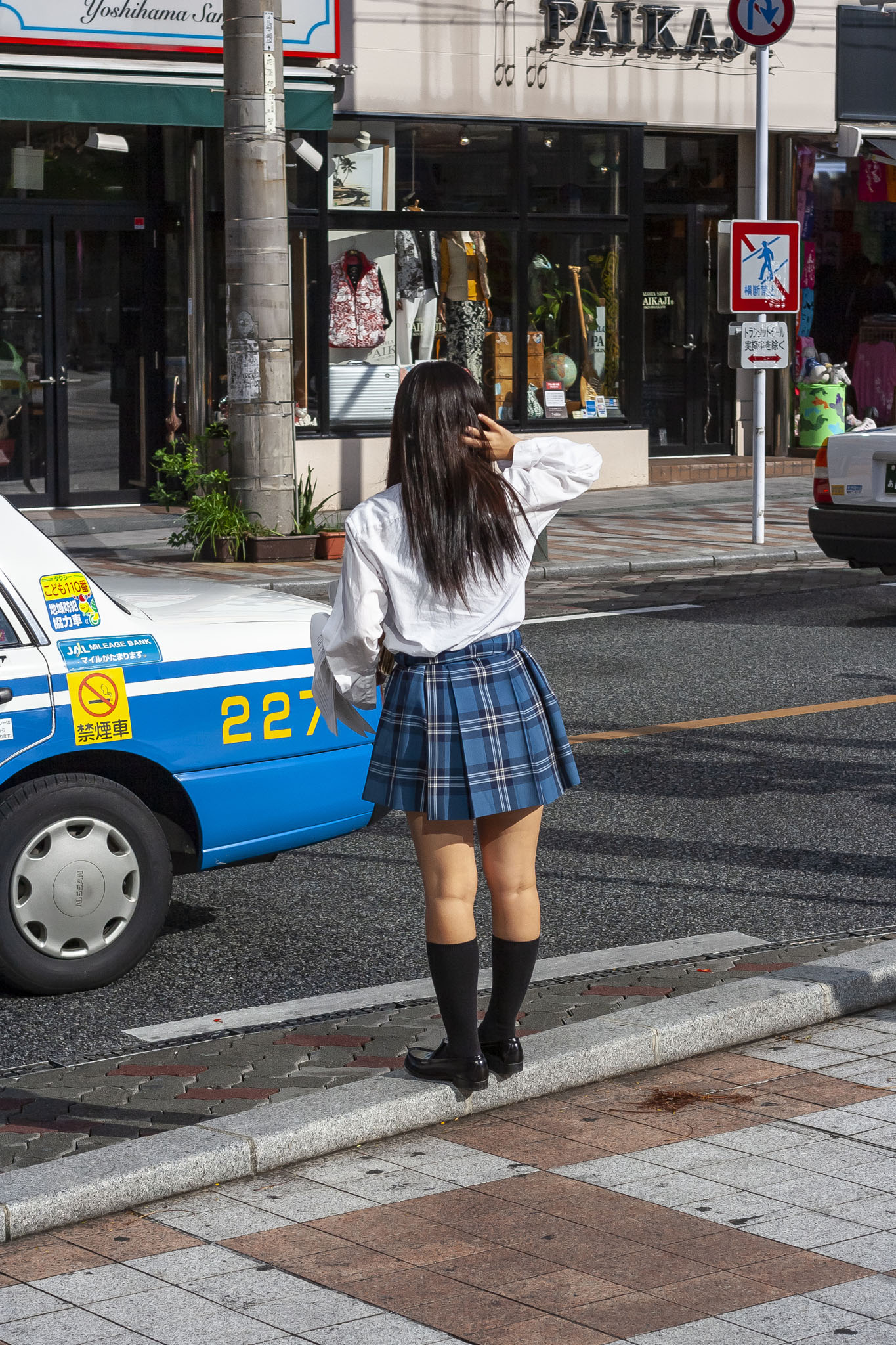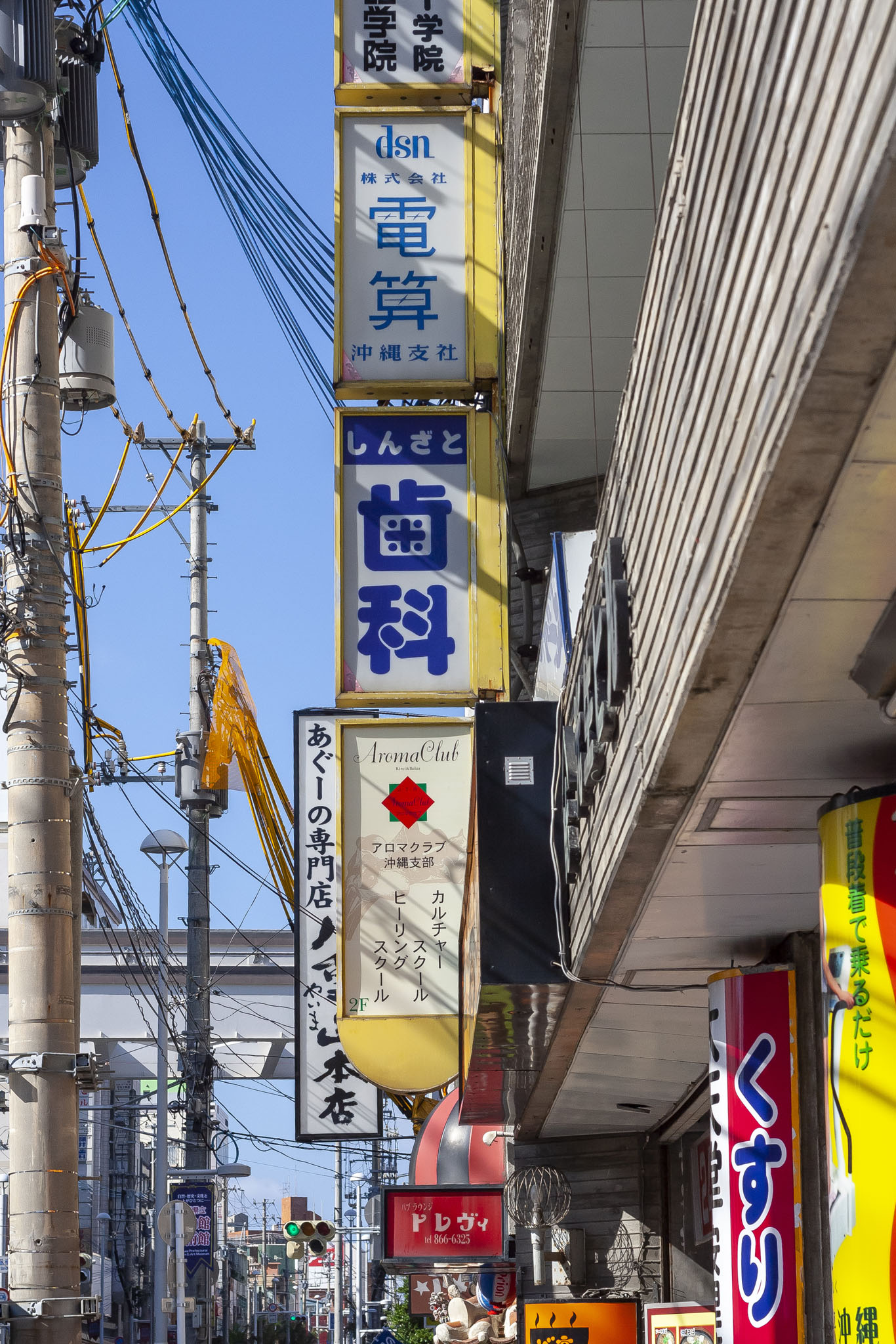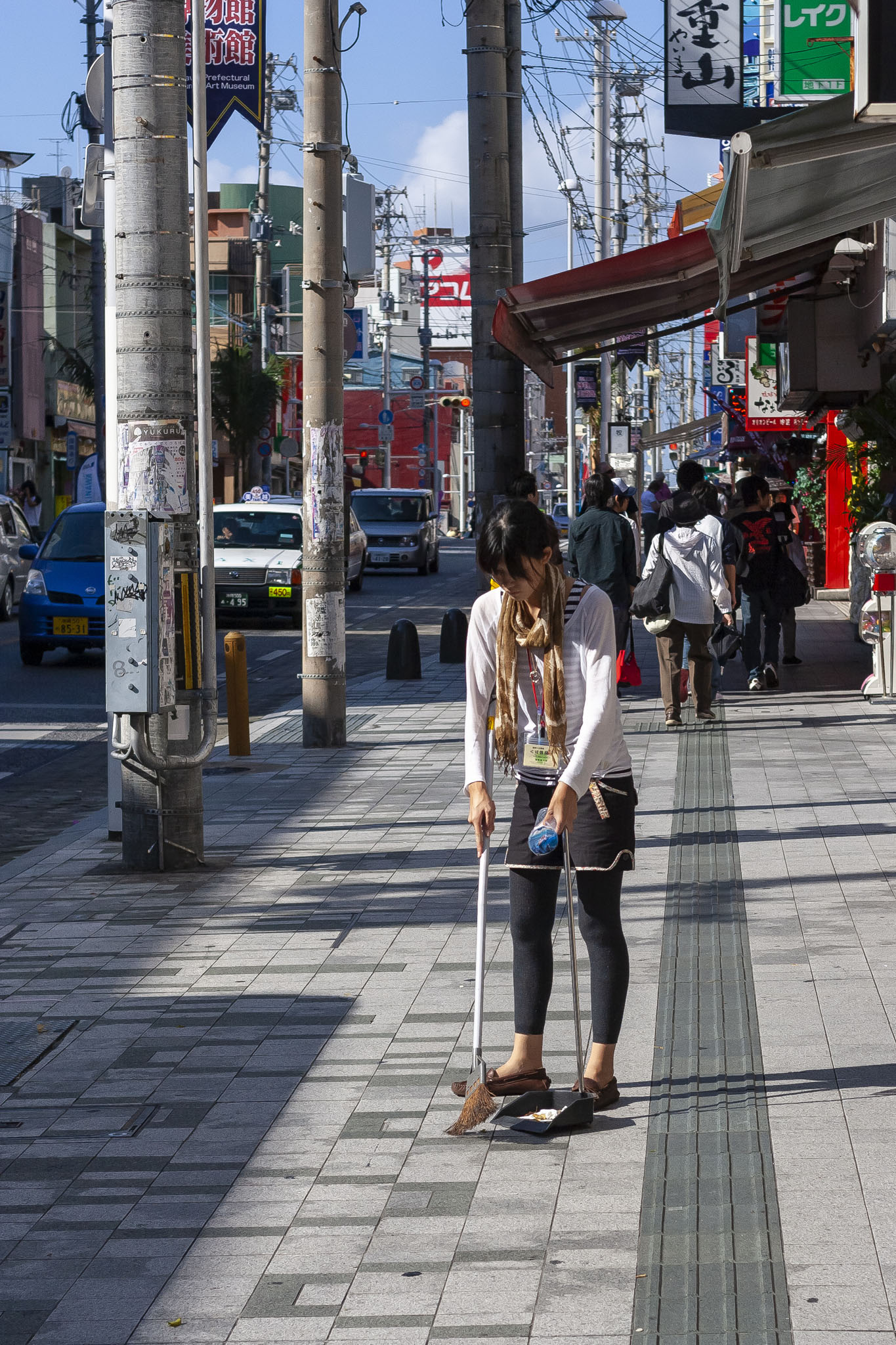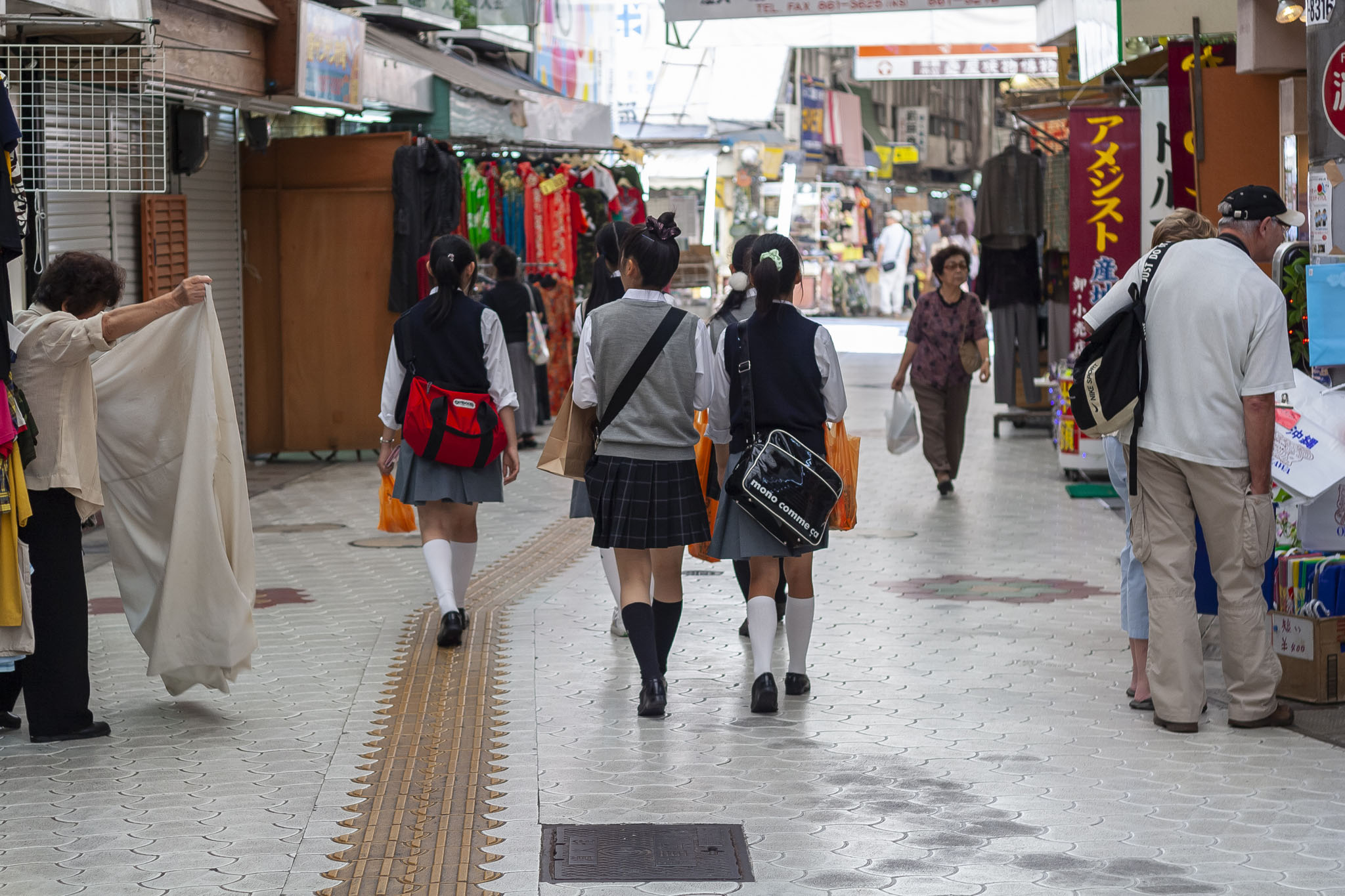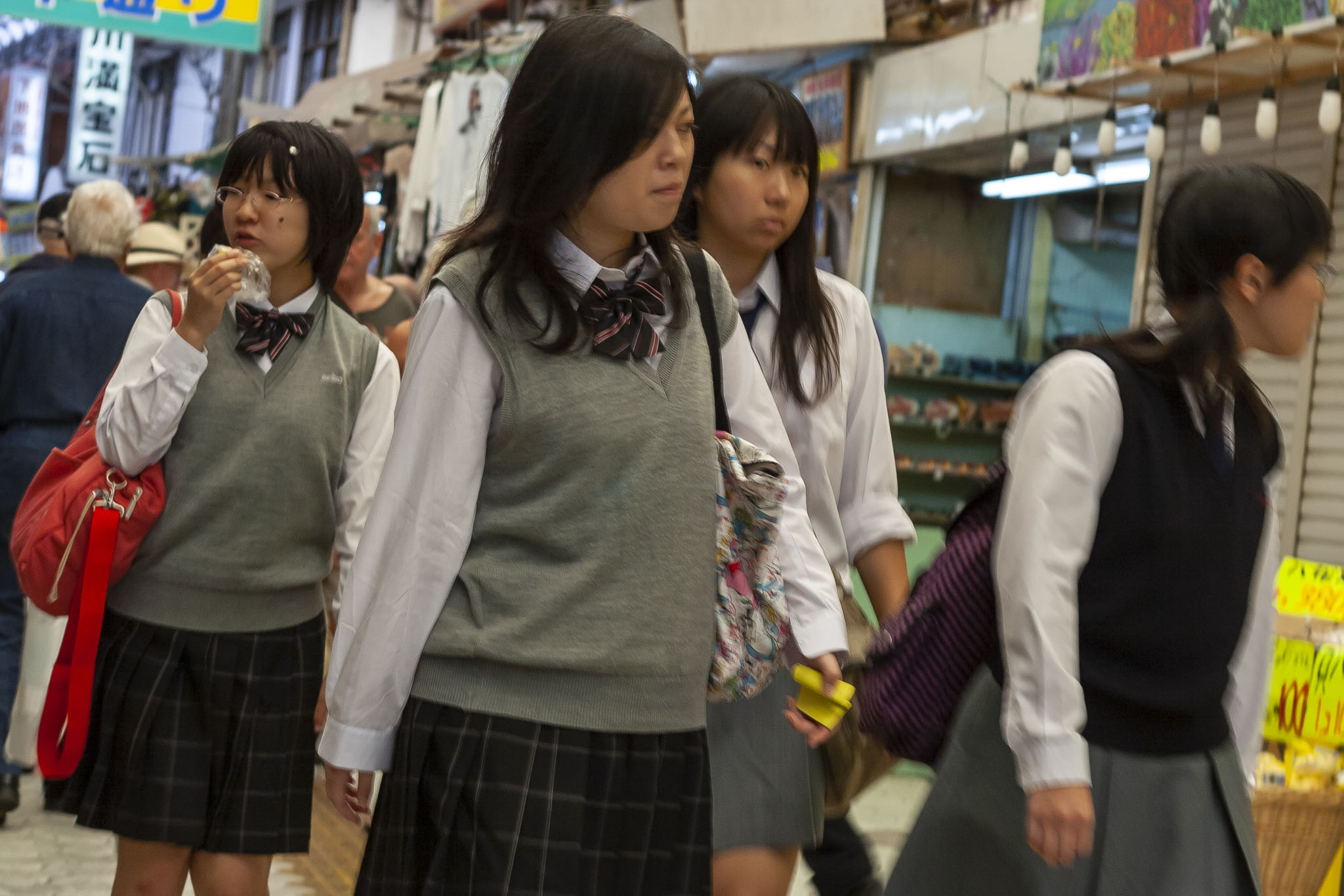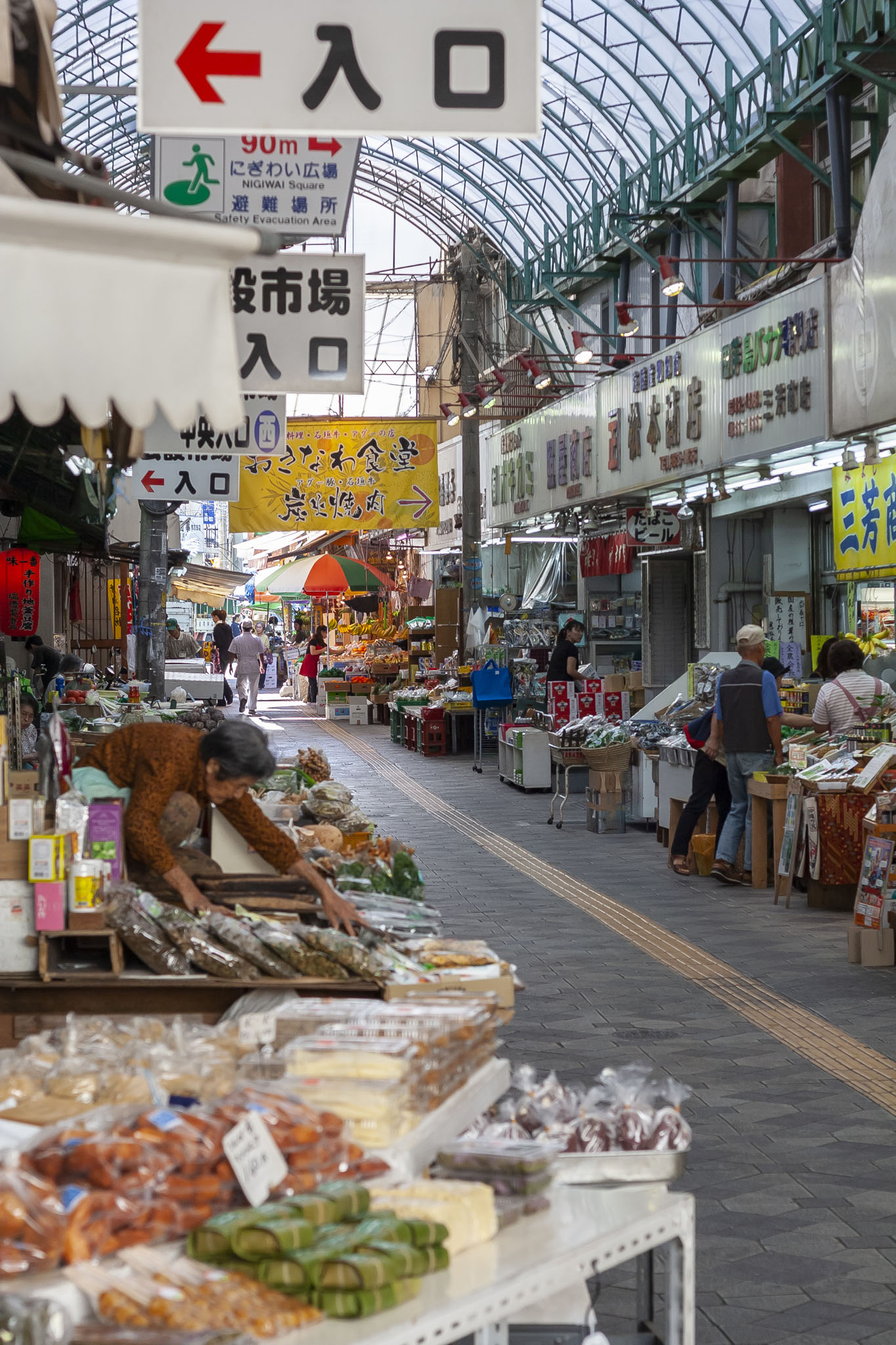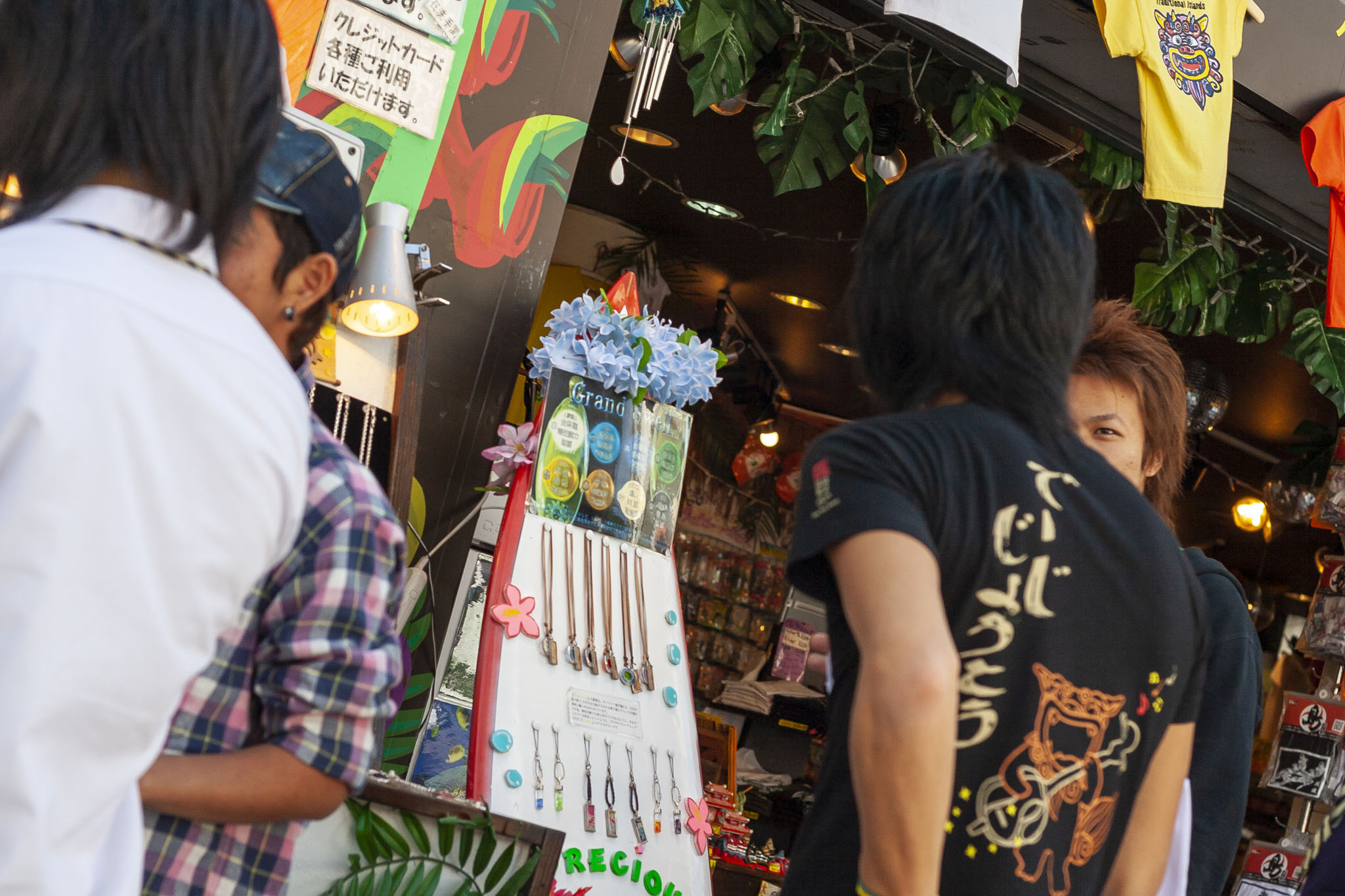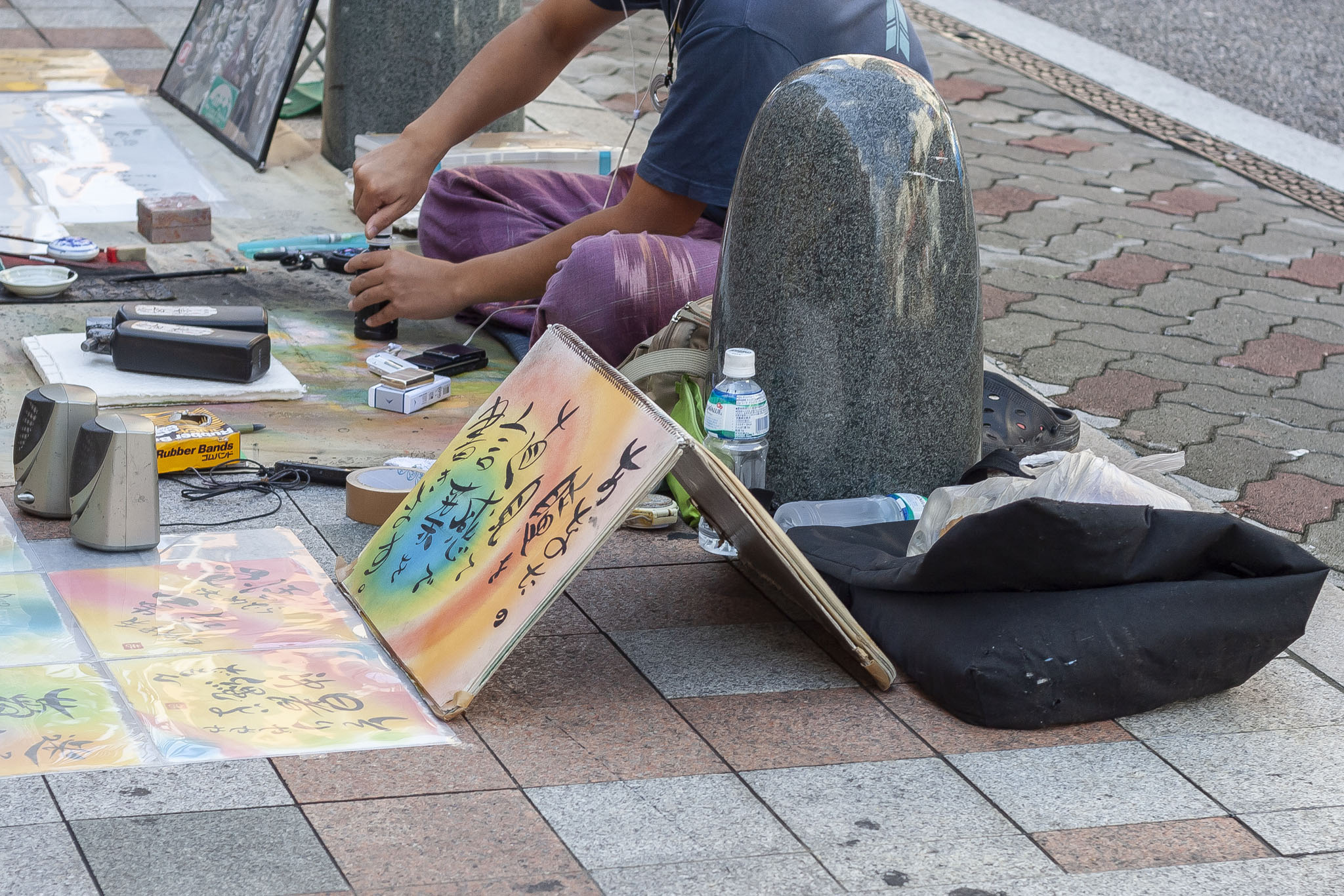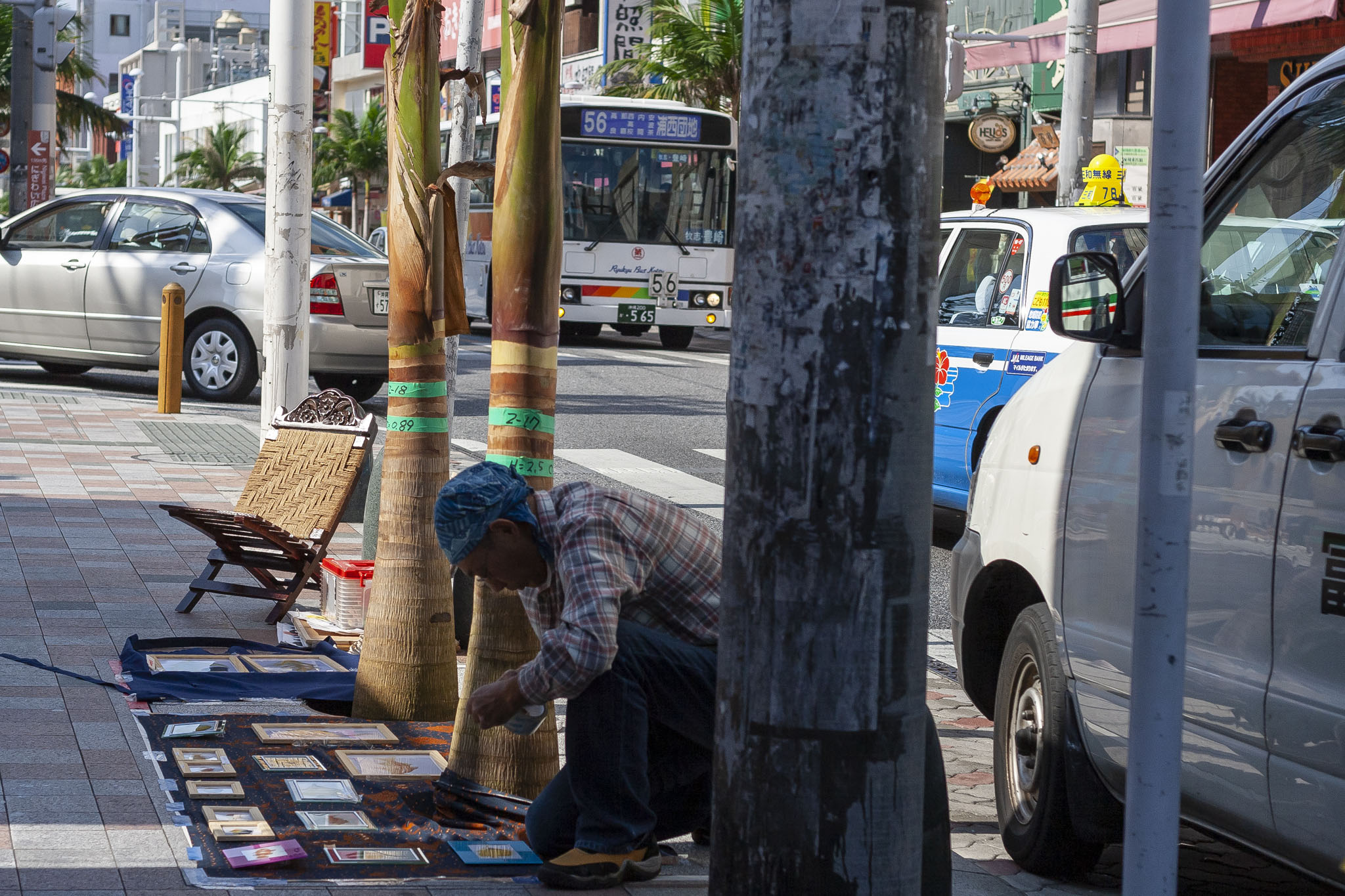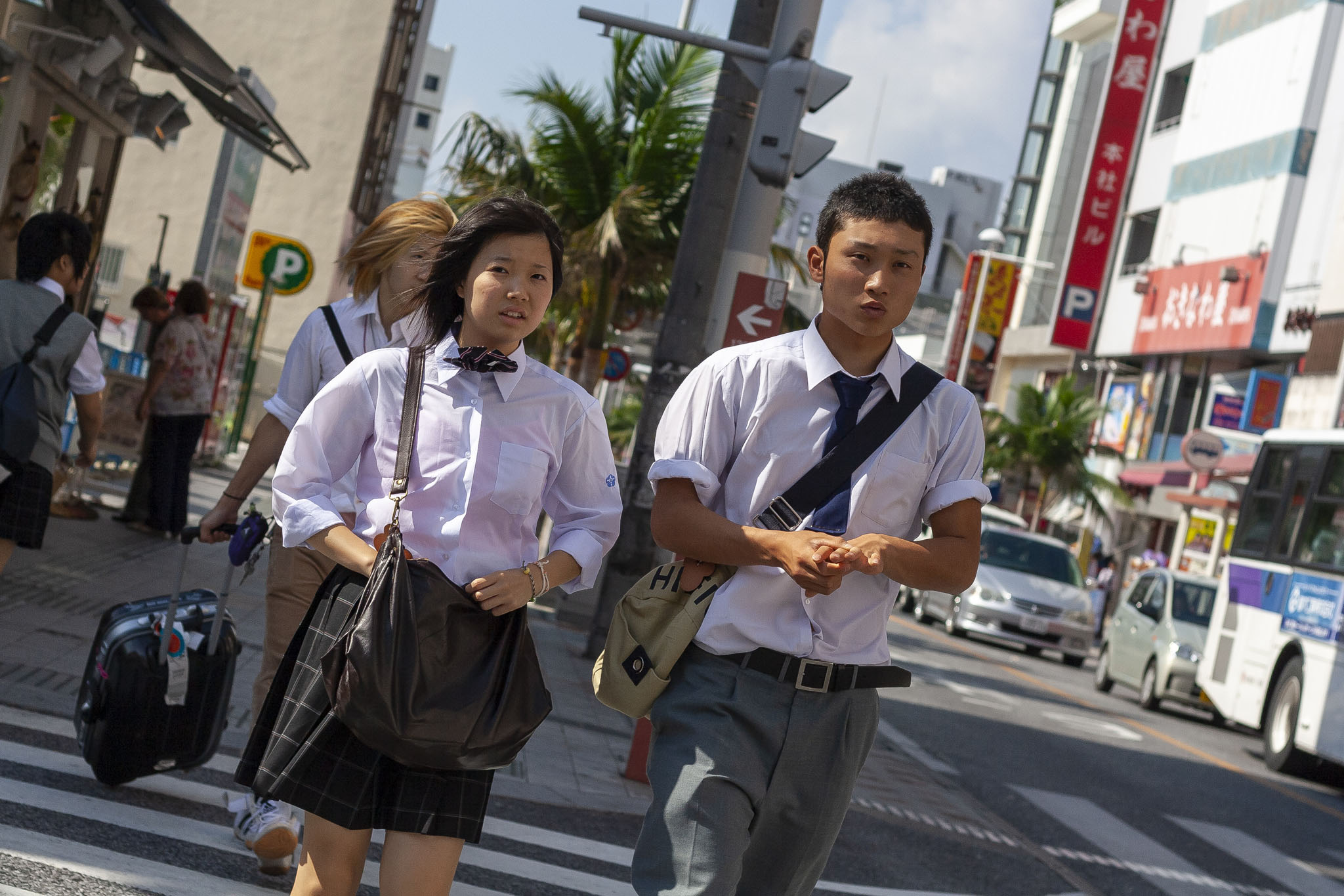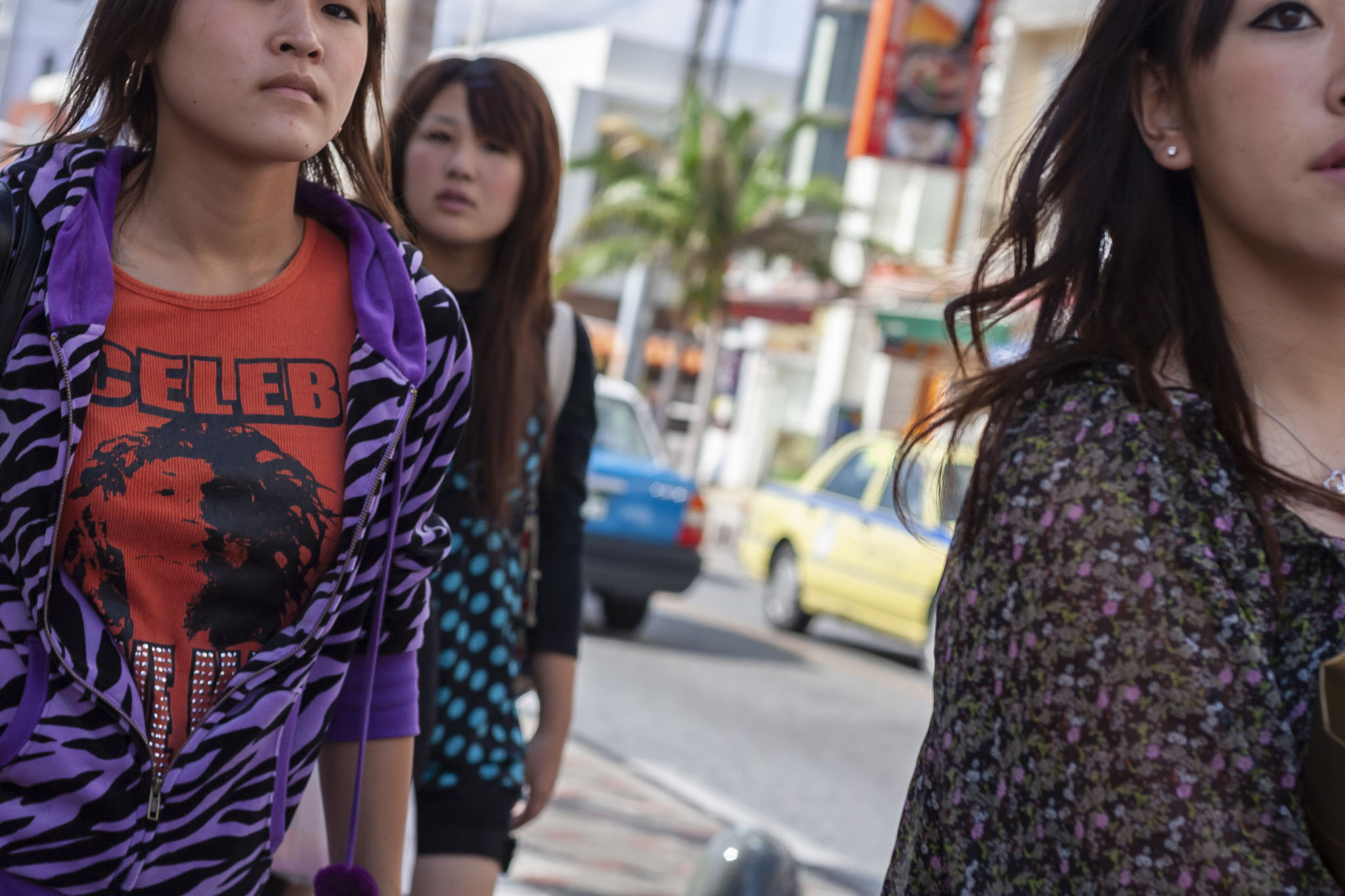After Shanghai and a visit to the water town of Zhujiajiao our next stop was the first outside China during the cruise, that being to Naha City, Okinawa, Japan. We were supposed to have had two Japanese stops on the holiday but because of an earlier-reported outbreak of Norovirus our ship was refused docking at one of the ports leading to an additional day in Hong Kong getting added in its place. We were, however, still allowed to get off in Okinawa, after having our hands scanned by Japanese officials on board the ship and having to walk past a thermal scanner to make sure nobody was running a temperature!
We’d already chatted with another couple who had become our regular quiz partners on this cruise and decided that we wouldn’t take an organised excursion on this port stop. The choices didn’t really appeal to us and we thought it might be nice just to wander around with them with no set plan. This also meant we could leave the ship at a time of our own choosing and wouldn’t have to worry about getting to the tour meeting spot at a set hour.
After waiting for most of the booked trips to take their groups ashore we made use of the free shuttle bus service that would take us from where Diamond Princess had docked at Naha into the city itself. We were dropped off at a fairly busy intersection at one end of Kokusaidori Street, handed a map, reminded when the shuttle buses would return to the ship, and left to our own devices.
Architecturally, there was nothing really to set Naha apart from any modern city which was a shame, but the typically Japanese posters, electronic signs, and advertising everywhere was great to see and still brought home the cultural experience of being somewhere distinctly foreign even if instantly familiar at the same time. Even the traffic drove on the left-hand side of the road so there was no terror of looking the wrong way when crossing roads to contend with.
The large Maneki-Neko on the side of one building was a joy to see.
The four of us – my wife and I, and the other couple, Sandra and Ian – contented ourselves to just wandering along Kokusaidori Street and stopping whenever something caught our interest. Snakes in jars of alcohol certainly caught our interest but we figured there might be problems with getting them back on board the ship and even more flying them back home to the UK afterwards. I would eventually take a chance on getting something similar back home but that’s a story for another port in this cruise travelogue series.
Japan is famous for its vending machines and Sandra and Ian couldn’t resist buying some Pocari Sweat from one because of the name. We all had some afterwards and it was actually okay and not at all sweaty. A bit of a relief, naturally.
We came very close to buying a frog purse just because, well, it’s a frog purse.
Frog purses!
Okay, they look pretty effing cool.
We should get one. Nobody back home is going to have a frog purse.
Probably for good reasons. Are they real?
Not sure. But they are froggy.
I mean, I like frogs, but I don’t think I want to stick money down one’s mouth.
Plus you couldn’t really put one in your pocket, and those legs look like they’ll take up a lot of room in a bag.
And if they are real then we shouldn’t encourage the Japanese to kill frogs thanks to our tourist demand for them in purse-form.
They might have died naturally.
Yes, this feels like the sort of country where that would just happen and purse entrepreneurs would be close by to seize an opportunity.
As we couldn’t work out was whether the frog purses were real or not – the texture was very plastic-like and we were keen to have real ones just for the novelty and shock value, but not so keen to simply be getting a funny-shaped item made from modern materials – we decided in the end not to buy one.
Once we’d gone up one side of Kokusaidori and seen that most of the interesting-looking shops were starting to thin out we crossed over to the other side of the street to have a gentle amble back down that side. That was when we found a large, indoor market area, filled with shops and stalls. For the most part it was just like any low-cost, high-volume market place anywhere else in the world with plenty of places to buy cheap clothing or food or household items, but there were a few places that were a little bit different. Not having much Japanese currency on me I decided to try to spend it anyway and found a place with a range of small bottles of sake for sale. I found one that would eat up most of my money and tried to buy it. The shop owner smiled and bowed; I smiled and bowed back; he bowed again; I bowed again; he bowed once more; I had the sudden fear that he was obliged to bow after me and I was prolonging an activity that would only end when one of us died if I didn’t stop things so thrust the money his way. Transaction concluded. We still have the bottle, never having opened it. It might be wonderful, but we suspect we’ve waited too long now and it will have to remain a souvenir.
Outside and heading back to where the shuttle bus would stop to pick us up for the return trip, I decided to shoot from the hip somewhat at random as we continued back down Kokusaidori. That’s the explanation for heads being cut off, mystery focus points, and the Dutch Angle in many of the pictures. They present a sense of strolling down the street with little interest paid by the locals. The video amongst the selection of photos below includes some thrilling sounds of Japanese pedestrian crossing signals.
An odd thing we spotted and which I managed to capture a single shot of was that some young men wore one trouser leg rolled-up. We had no idea why they were doing it. Thoughts of gang memberships or local fashion statements crossed our minds but none of us felt like asking, and I really regret that now.
It didn’t take us too long to reach the spot for the bus and we didn’t have to wait too long for it to arrive and take us back to the ship. A few photographs and a little bit of video footage of the drive back to port follows.
As you can tell, we didn’t really see very much of Naha City on Okinawa at all, and certainly not enough to do it any real justice or present an accurate review of this cruise port stop. We enjoyed our walk and our first cultural interaction with Japan but we didn’t really think Okinawa as a whole was a good representation of the country. There was far more western influence in the city than we’d expected and we’d have liked to see a bit more local interest but none of the organised options from Princess Cruises seemed to offer much in the way of variety or value for money.



